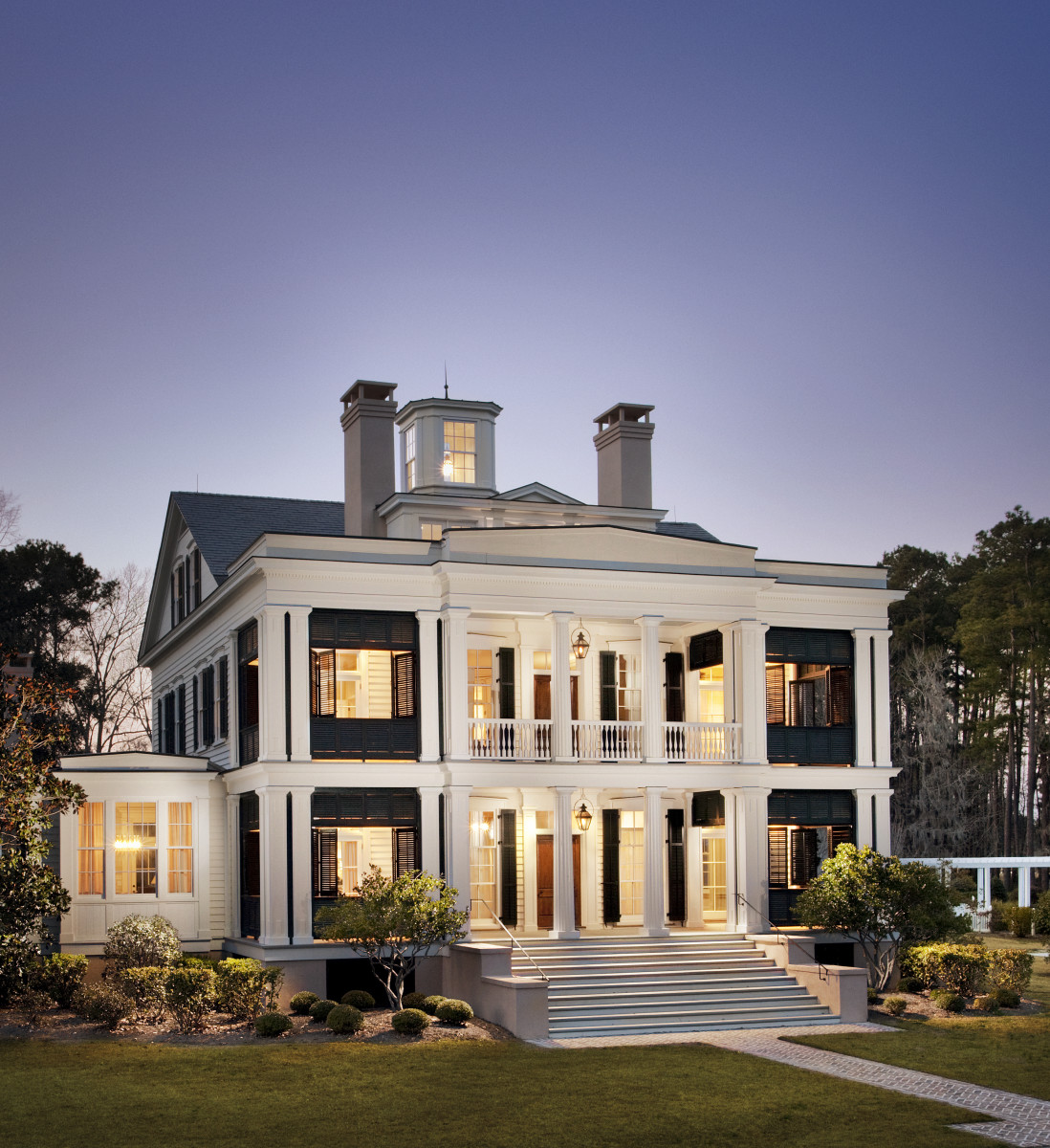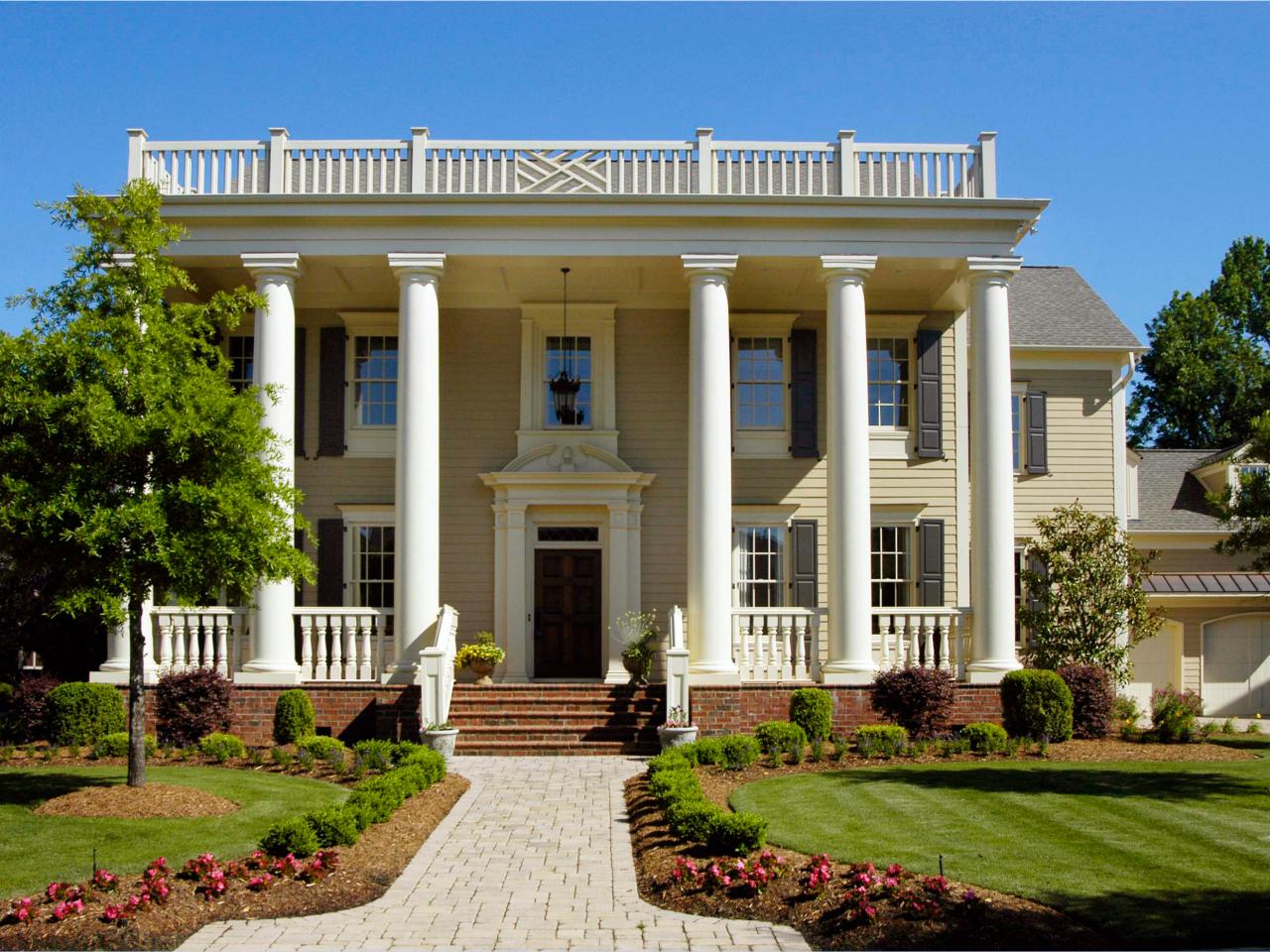Greek Revival Style
Greek Revival architecture was a style that began in the middle of the 18th century but which particularly flourished in the late 18th and early 19th centuries, predominantly in northern Europe, the United States, and Canada, as well as in Greece itself following its independence in 1832. It revived many aspects of the forms and styles of ancient Greek architecture, in particular the Greek temple. A product of Hellenism, Greek Revival architecture is looked upon as the last phase in the development of Neoclassical architecture, which was drawn from Roman architecture. The term was first used by Charles Robert Cockerell in a lecture he gave as an architecture professor at the Royal Academy of Arts in London in 1842. With newfound access to Greece and Turkey, or initially to the books produced by the few who had visited the sites, archaeologist–architects of the period studied the Doric and Ionic orders. Despite its universality rooted in ancient Greece, the Greek Revival idiom was considered an expression of local nationalism and civic virtue in each country that adopted it, and freedom from the lax detail and frivolity that then characterized the architecture of France and Italy, two countries where the style never really took architecturally. Greek Revival architecture was embraced in Great Britain, Germany, and the United States, where the idiom was regarded as being free from ecclesiastical and aristocratic associations and was appealed to each country's emerging embrace of classical liberalism.



